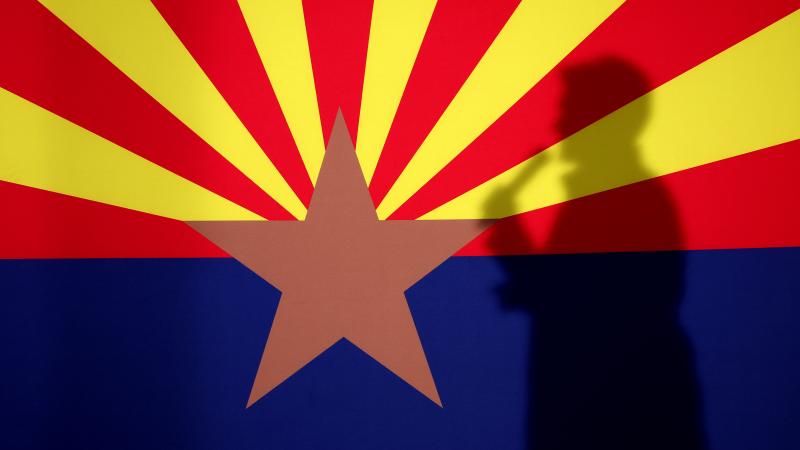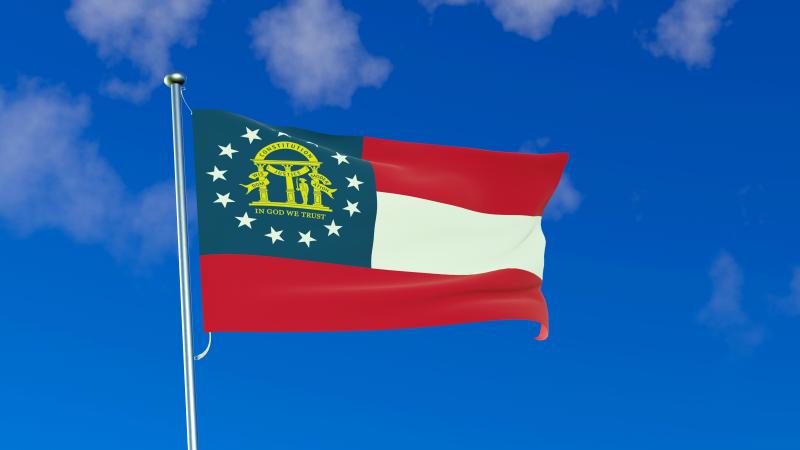Fish and Wildlife Service spent $13.5 million on yacht facilities for luxury marinas
The agency spent millions building out luxury marinas.
The Golden Horseshoe is a weekly designation from Just the News intended to highlight egregious examples of wasteful taxpayer spending by the government. The award is named for the horseshoe-shaped toilet seats for military airplanes that cost the Pentagon a whopping $640 each back in the 1980s.
This week, our award is going to the United States Fish & Wildlife Service for spending $13.5 million in 2020 on yacht subsidies and new docks via its Boating Infrastructure Program.
The BIG program, run through the Interior Department's Fish & Wildlife Service, provides grants "to the states, the District of Columbia and insular areas to construct, renovate, and maintain tie-up facilities with features for transient boaters in vessels 26 feet or more in length, and to produce and distribute information and educational materials about the program."
The BIG grants are divided into two categories. Tier I grants are non-competitive, and all eligible recipients may receive up to $200,000 per year. Tier II grants are highly competitive and are awarded by the director of the Fish & Wildlife Service.
Tier I grants ran a price tag of about $3 million last year — but Tier II is where the spending really ramps up. Recipients of the agency's Tier II grants include Laguna Harbor in Galveston Bay, Texas, Las Olas Marina in Fort Lauderdale, Fla., and Charleston Harbor Resort and Marina in Mount Pleasant, S.C. — all luxury sites at which large yachts are berthed. Each of these yacht clubs and resorts received in excess of $1 million in BIG project grants last year to subsidize the leisure activities of their well-heeled clients.
BIG grants are funded a little differently than your average government spending program — not through annual appropriations by Congress, but, rather, with the proceeds from 2% of the Sport Fish Restoration and Boating Trust Fund. This fund collects its revenue from a combination of a 3% tax on electric boat motors, a 10% tax on fishing equipment, and smaller taxes on engine fuel, motorboat fuel, and tackle.
As a result of its funding mechanism, the BIG program effectively taxes everyday, middle-class small boat owners and recreational fishermen to subsidize the construction and maintenance of boating facilities largely servicing those affluent enough to afford yachts. The flat excise taxes are, moreover, effectively regressive in relative terms, taking proportionately larger bites out of affected taxpayers' incomes the further down the economic ladder they are.
The BIG program, in other words, represents a BIG reverse transfer of wealth from the middle of the economic pyramid back toward the top — so if you're in the middle, it's a BIG rip-off.















